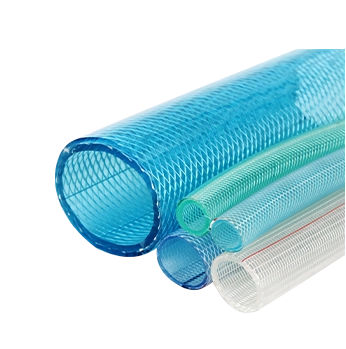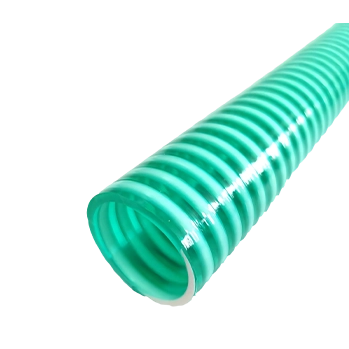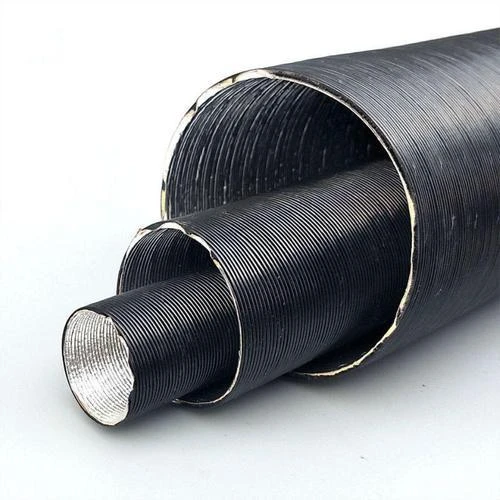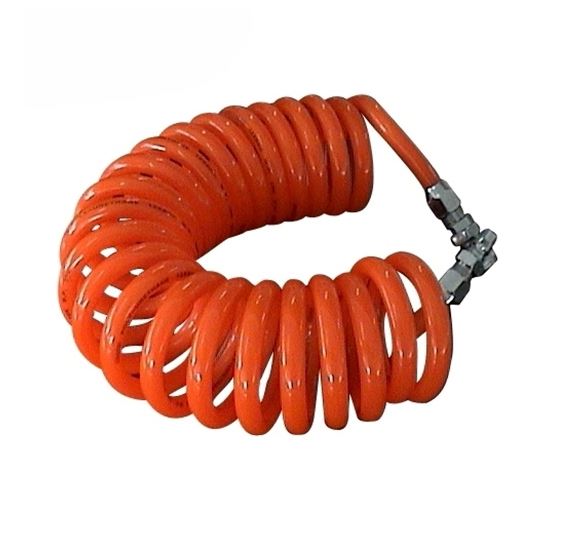layflat hose sizes
Understanding Layflat Hose Sizes A Comprehensive Guide
Layflat hoses are essential tools used across various industries, including agriculture, construction, and irrigation. They are designed to be lightweight and flexible, allowing for easy transport and deployment. A key factor to consider when selecting a layflat hose is its size, which can significantly impact its functionality and efficiency. In this article, we will delve into the important aspects of layflat hose sizes, helping you to make informed decisions for your specific needs.
What is Layflat Hose?
Before discussing sizes, it’s important to understand what layflat hoses are. These hoses are made from durable materials, typically PVC or polyurethane, and are designed to lay flat when not in use, making them easy to store and transport. They are commonly used in applications such as water transfer, dewatering, and irrigation.
Common Sizes of Layflat Hoses
Layflat hoses come in various diameters, usually ranging from 1 inch to 12 inches or more. The diameter you select will depend on the volume of water you need to transfer and the rate of flow required for your application.
- 1 to 2 inches These smaller sizes are often used for light-duty applications, including garden irrigation, small-scale agriculture, and automotive uses. - 3 to 4 inches This size range is suitable for medium-duty tasks, such as construction site dewatering and small farm irrigation systems.
- 6 to 12 inches Larger sizes are designed for heavy-duty applications, such as mine dewatering, large-scale agricultural irrigation, and industrial water transfer. The greater the diameter, the more significant the flow capacity.
Understanding Pressure Ratings
layflat hose sizes
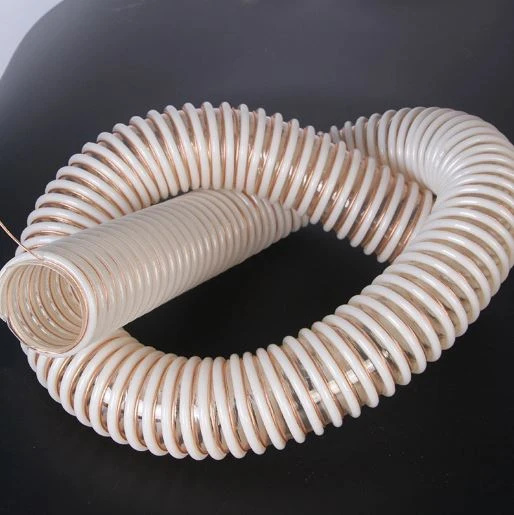
In addition to size, it’s also crucial to consider the pressure rating of a layflat hose. These ratings usually indicate the maximum pressure the hose can withstand, and they are essential for ensuring safety and efficiency in your operations. Layflat hoses are typically rated for pressures ranging from 40 to 150 PSI, depending on their size and material.
Choosing the Right Size
When selecting a layflat hose, consider the following factors
1. Flow Requirements Calculate the flow rate needed for your application. A larger diameter hose will allow for a higher flow rate. 2. Length of Hose The total length will also play a role in the size you choose. Longer hoses may require a larger diameter to maintain adequate pressure.
3. Environment and Usage Think about the conditions in which the hose will be used, such as temperature, exposure to chemicals, and physical abrasion.
4. Transportable Size Ensure that the size of the hose aligns with your transport capabilities. Larger hoses can be bulkier and more challenging to handle.
Conclusion
In conclusion, understanding layflat hose sizes is crucial for optimizing your water transfer needs. By considering the diameter, pressure rating, and your specific application requirements, you can choose the right layflat hose that enhances performance and efficiency in your operations. Whether you’re in agriculture, construction, or industrial sectors, the right layflat hose will help streamline your activities and meet your water management goals.
-
Welded Wire Mesh Panel: Durable, Versatile, and AffordableNewsJul.28,2025
-
Top Quality Oxy Acetylene Hoses for Sale Fit for Welding DemandsNewsJul.28,2025
-
The Future of Pneumatic Air Tubes in IndustryNewsJul.28,2025
-
Superior and Reliable LPG Hose Pipe Solutions for Every NeedNewsJul.28,2025
-
Exceptionally Durable and Versatile Premium Braided PVC TubingNewsJul.28,2025
-
Best Adapters for Connecting Garden Hose to PVC Pipe ConnectionsNewsJul.28,2025



